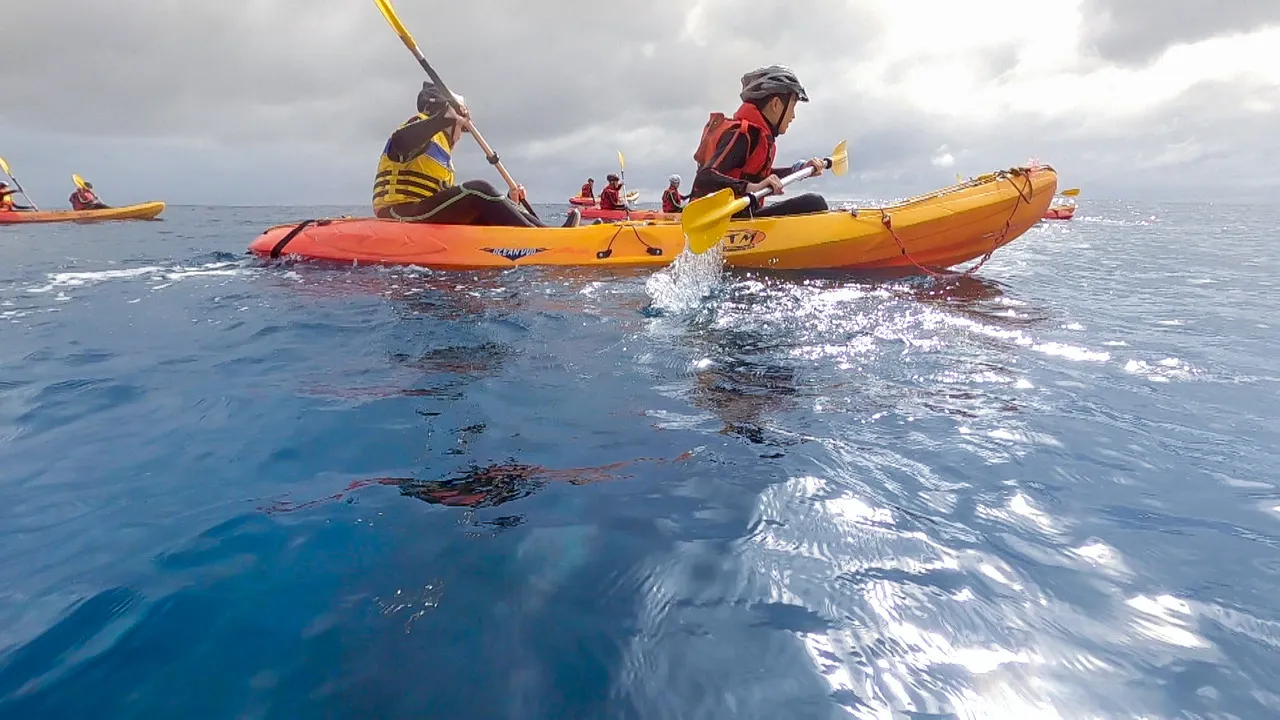SUSTAINABLE POLICY
華新麗華 企業永續政策
在營收持續成長獲利的同時,華新將ESG工作落實於日常營運之中,驅動在經濟、社會、環境各個發展面向都能有穩健持續的進步,為永續企業經營打下穩固根基。為此,本公司已訂定「永續發展實務守則」與「企業永續政策」,以資同仁們遵守落實。

ENVIRONMENTAL
氣候行動 環境管理
華新導入氣候變遷風險與機會管理機制,並積極投資環保設備及實現資源循環,致力開發綠色製程,推動源頭改善以減少廢棄物與能耗。同時也建立能源管理機制以推動節能減碳,並降低污染排放,降低營運對環境的衝擊,提升能資源使用,創造循環經濟利基。
NT$>6.8億
環保設備及費用支出>600萬度
太陽能發電併網發電量1.8萬噸CO2e
105項減碳方案之減碳量ACHIEVEMENTS
永續績效與榮耀
華新的願景是運用工業4.0之優勢,追求持續成長,堅持節能環保及研發創新,以製造服務創造客戶價值,成為值得客戶及合作伙伴信賴的企業
連續7年
公司治理評鑑排名前 5%
連續4年
永續指數成分股
連續3年
1111人力銀行『幸福企業』製造業-金獎
連續6年
TCSA 臺灣企業永續獎-永續報告書白金獎
連續3年
臺灣智慧財產管理規範(TIPS)
A 級認證
連續2年
《HR Asia》亞洲最佳企業雇主獎
NEWS
最新消息
2025-06-10
華新麗華關愛唐氏症 共情共融共好
2025-06-05
華新麗華攜手華山基金會 端午送暖獨居長者
2025-05-30
治理
環境
持續推動綠色供應鏈,華新麗華再獲「綠色採購」殊榮
2025-05-27
華新麗華參與2025臺灣生成式AI黑客松 深耕智慧製造
QUESTIONNAIRE
利害關係人永續議題問卷
為達成與關心本公司的利害關係人更有效的溝通,誠摯邀請您撥冗填寫本問卷,俾利我們確實了解利害關係人關注之議題並積極回應。
了解更多




